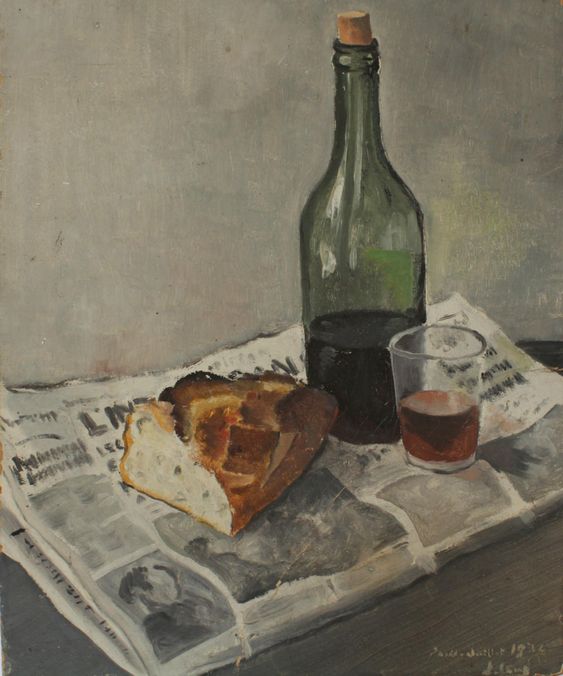This is part five of a six part series that starts here. You can click through to part six at the end of this post.
–
The question of controlling nature versus working with nature is more of a philosophical distinction at the beginning (fermentation) part of the winemaking process. At the end of fermentation, is natural wine actually healthier for you than conventional wine? Not really. Is conventional wine a formulated product? Yes. However, during the aging and bottling process, we move from the more philosophical realm to the physical realm. Aging and bottling is where distinctions about labeling and health issues can arise.
Sulphur dioxide is a preservative that can help prevent unwanted microbes and bacteria from taking over at any stage of a wine’s life and reduce oxidation. During aging, a natural winemaker might choose to add small amounts of sulfur during the aging process. Some winemakers choose to eschew any added sulphur dioxide.

Martha and Tim, our Assistant Winemaker, pull barrel samples for blending trials.

We age our wines in neutral oak to allow the flavors of our vineyard sites to shine.
Conventional wine on the other hand, welcomes a whole slew of additives in the aging process including high levels of sulfites, in order to create a more consistent product. A majority of these additives are fining or processing agents that bind to certain things in wine and settle them out. If administered and filtered off properly, trace amounts, if any, are present in the finished wine. A non comprehensive list includes:
-
PVPP, a powder of plastic
-
Clay
-
Milk protein
-
Animal derived gelatin
-
Egg whites
-
Fish air bladders
-
Lysozyme – not a fining agent but rather an enzyme that prevents malolactic fermentation from happening. Some people are allergic to lysozyme.
-
Chitinase – another enzyme that's an allergen for some.
-
Velcorin – or dimethyl dicarbonate, is added just before bottling and sterilizes the wine. In it's unbroken down form, it is really corrosive on the skin and respiratory system. Wines that are dosed with Velcorin are unsafe to drink 24 hours after dosing and people who dose with Velcorin have to wear protective gear.
All of these things are done in the name of creating a consistent product that remains frozen in time once bottled. Natural winemakers don't use these techniques because we're willing to share and showcase the diversity of nature. We always list our sulfite levels and ingredients (just grapes!) for each wine on our website.
This series introduces the ways we work with nature in an effort to help course-correct the California wine industry and make meaningful contributions to the broader movement toward transparency and equity in our food system. It is adapted from Martha’s talk From Grape to Glass: Exploring Natural Wine at Bloom San Francisco 2017.
Photos by Andrew Thomas Lee




